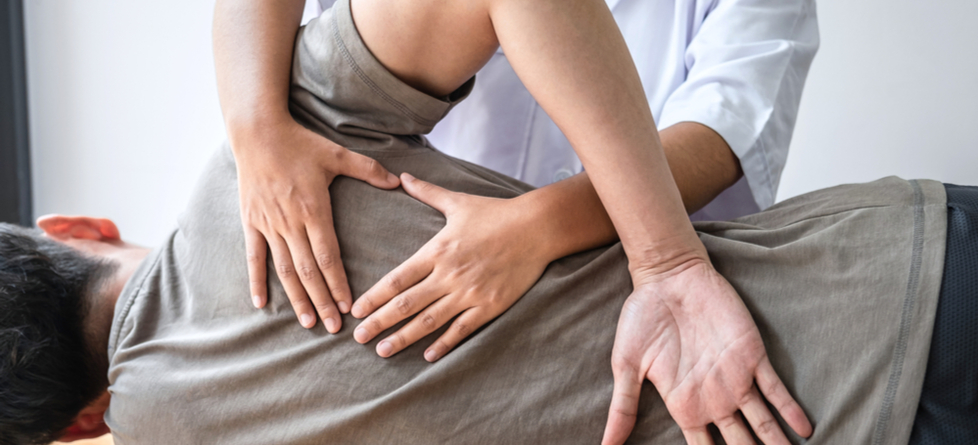
Before referring patients suffering from low back pain for invasive and more aggressive treatment options, such as back surgery, physical therapy is often recommended to them as an initial conservative treatment option. Physical therapy aims to reduce back pain, improve flexibility and range of motion, and improve the quality of life by teaching them a maintenance exercise program to prevent future back problems.
Among the most common forms of physical therapy are:
- Passive physical therapy (modalities) – Things such as electrical stimulation, heat application, and ice packs are included in this category. To warm up muscles before exercising and stretching, a heating pad can be applied, followed by an ice pack to soothe the muscles and soft tissues.
- Active physical therapy – Stretching and specific exercises are part of the program. The focus of most physical therapy programs for treating low back pain is an active exercise.
In this article, we will discuss the benefits of active exercises and physical therapy for treating back problems and preventing flare-ups of low back pain.
How physical therapy helps lower back pain?
The most widely used treatment method for gaining relief from low back pain is physical therapy. To achieve the desired results, physical therapy is often used in conjunction with other forms of treatment, such as short wave diathermy, heat, massage, traction, and ultrasound.
There are numerous interlocking elements of the human back, including the muscles, ligaments, tendons, vertebral discs, and facet joints. Due to the complexity of the back, once a basic medication course has been completed, patients with both acute and chronic back pain require a strong physical therapy rehabilitation program.
Physical therapy has key roles to play in treating low back pain, as summarized in this section.
- Advice and early activity – Among the most significant aspects of treatment for lower back pain is encouraging early movement. It helps reduce the severity of the pain.
- Mobilization or Manipulative physical therapy – Promoting mobilization of the area specifically affected is the focus of this aspect. The purpose of manipulative physical therapy is to target the specific point of pain.
- Specific stabilization exercises – This aspect of physical therapy focuses on strengthening and stabilizing the muscles which have been weakened or pulled due to lower back pain.
- General exercises and stretches – Exercises and stretches are usually prescribed in light of a patient’s cause of lower back pain and their individual condition.
- Ergonomic advice – Physical therapists use ergonomic devices and guide patients on how to use the appropriate work infrastructure to treat and avoid lower back pain since work-related hazards are responsible for 65% of lower back problems.
- Postural guidelines – To prevent lower back pain, this aspect of physical therapy teaches the patient about proper posture and how to maintain it.
Take away
Physical therapy exercises for low back pain have been extensively studied in the medical literature. Low back pain is self-limiting and usually gets better on its own, but a specific exercise and active physical therapy program play a vital role in reducing the patient’s pain and subsequently improving function and quality of life in people with back pain. The frequency and severity of future low back pain can be reduced by an ongoing exercise program.